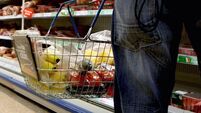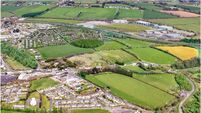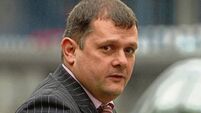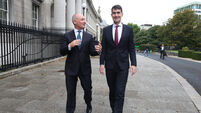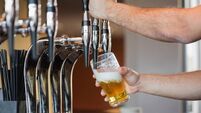Medical books 'inspired Bacon paintings'
Controversial Dublin-born artist Francis Bacon used gruesome images in medical books for inspiration for some of his most shocking paintings, it was revealed today.
Dr Margarita Cappock, the head of the permanent collection at Dublin’s Hugh Lane gallery said textbooks on skin disorders, forensic pathology, surgery and x-ray techniques were behind some of Bacon’s most eye-catching paintings.









